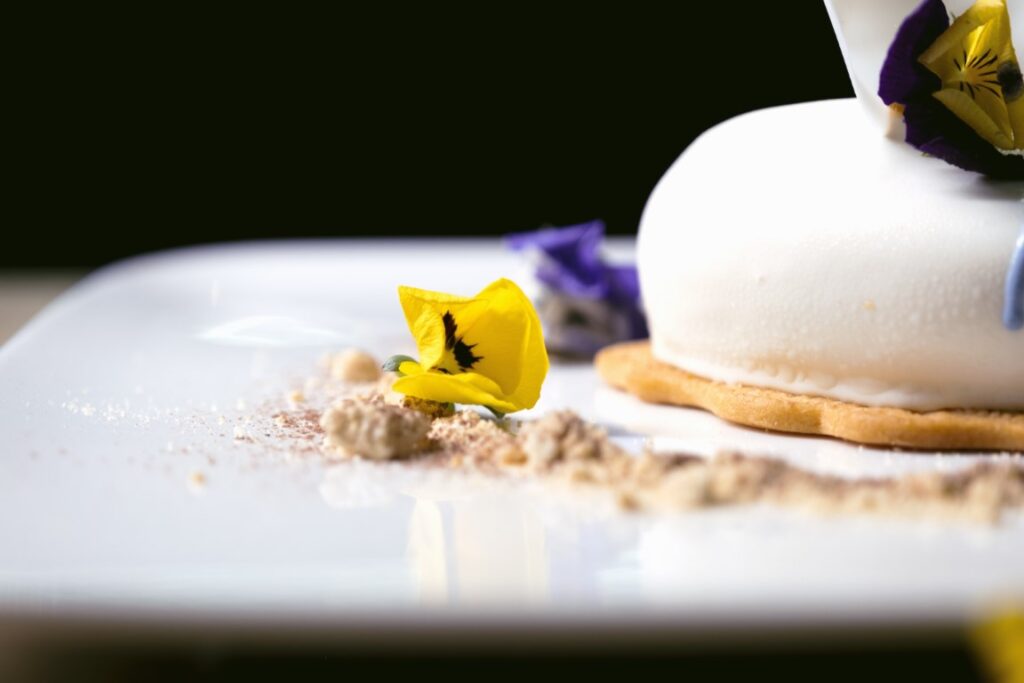Many of those interested in healthy living and proper nutrition still do not use microplants.
Microplants are consumed as such and are included by nutritionists in the SUPERFOOD category, due to the high content of beneficial substances (minerals, vitamins, etc.).
What do you need to know about microplants?
They have much more nutrients than the edible parts of mature plants.
They have a much more intense aroma and taste than mature plants.
They can be part of the category of vegetables, aromatic herbs or are other edible plants used either for their beneficial properties (for example wheatgrass or alfalfa) or for decoration (trefoil or various edible flowers).
Micro plants are not germs
The microplants are grown on the substrate, without soil, and the plants grow normally, in air and light, with zero risk of contamination.
The sprouts are grown in conditions of extreme humidity, darkness and heat to encourage rapid, forced germination. The seeds are put together in closed containers and do not have room to develop properly. When they are sent for consumption, after 48 hours, the sprouts appear as an amorphous mass of whitish roots, stalks and pale, undeveloped leaves.
Due to the growing conditions – darkness, high humidity and temperature – the germs are at risk of contamination with dangerous bacteria! This danger is non-existent in the case of microplants.
Microplants (or sprouts, or microgreens) are planted individually
The growth is carried out in conditions of intense and controlled light, low humidity and good ventilation. Even if the sowing density is high, the seedlings have the opportunity to develop optimally. Most species take 1-2 weeks to grow. Harvesting is done after the first leaves (cotyledons) have fully developed. Cut and eat only the part above the substrate – the stem and the leaves.
The concept of microplants or „microgreens”
As they are known to specialists, it appeared in the 80s in the USA, in the kitchens of bold master chefs, but only after 1990 did a more consistent production begin and their spread in restaurants around the world.
Do not freeze microplants
Microplants have a fine and delicate cellular structure. Freezing breaks the cell. Some vitamins and minerals will be preserved, but many others, which are specific to a living plant, will be lost. In addition, their texture will be compromised. After defrosting, they will no longer have the appetizing appearance you are used to, nor the juicy consistency given by the texture.
It is very important to know that micro-plants should not be cooked thermally, and in the plate they are placed over cooked food, but when the dish is below 40 degrees Celsius.


